The Oceanside Police Department (OPD) is preparing to implement an advanced drone first responder program that could dramatically reduce emergency response times from over six minutes to just 70 seconds, according to information shared by NBC 7. The initiative, which will be presented to the Oceanside City Council on April 23, represents a significant technological advancement in public safety operations for the Southern California coastal community.
READ MORE: SKYDIO’S TRACKING MAILERS TO POLICE SPARK PRIVACY AND SECURITY CONCERNS
Revolutionary Response Time Capabilities
Current OPD response times for priority one calls—those potentially involving life-threatening situations—average approximately 6.5 minutes, according to OPD Assistant Chief John McKean. The proposed drone system would reduce that window to just over a minute, potentially making critical differences in emergency scenarios.
“It’s going to get eyes on a lot quicker than it is going to take a car to drive from point A to point B,” McKean explained when discussing the program’s advantages.
This significant improvement in situational awareness could prove invaluable for time-sensitive emergencies, including missing person cases, hit-and-run accidents, and active shooter scenarios.
Technical Implementation and Operations
The drone first responder system will operate from a specially designed launch point atop Oceanside’s City Hall. When emergency calls come in, the aircraft will deploy simultaneously with ground units, providing immediate aerial reconnaissance while officers are still en route.
Control of the system will be maintained by FAA-certified police officers operating from OPD’s new real-time crime center, currently under construction at department headquarters. This centralized command approach allows for efficient deployment while maintaining proper oversight and regulatory compliance.
Rather than conducting random patrols, which might raise privacy concerns, the drones will fly directly to specific incident locations. While the recorded video will remain confidential for law enforcement purposes, the department plans to make flight paths publicly accessible, creating a transparency mechanism that balances operational needs with community concerns.
Financial Investment and Funding
The program represents a substantial investment in public safety technology, with project costs reaching approximately $250,000. Notably, these expenses will be covered through federal grant funding rather than local tax dollars, minimizing the fiscal impact on Oceanside residents while maximizing public safety benefits.
This funding structure reflects a growing trend among law enforcement agencies to leverage federal resources for technological upgrades that might otherwise strain municipal budgets.
The use of federal funding for the Drone as a First Responder program suggests that drones from Skydio or Brinc Drones will likely be employed to safeguard the residents of Oceanside, California.
Community Perspectives and Privacy Considerations
As with any new surveillance technology deployment, community reactions appear mixed. Oceanside resident Chad Shine acknowledged the program’s potential benefits while expressing concerns about privacy implications.
“Invasion of privacy would be a major concern,” Shine noted, while also recognizing the need to balance technological capabilities with human judgment. “It does seem like computers, robots and AI technology are taking over for human beings. Hopefully we can find some type of balance.”
The OPD has emphasized that the drone program is designed to enhance, not replace, traditional police response. Assistant Chief McKean stressed that the technology serves as a force multiplier, providing crucial preliminary information that helps responding officers better prepare for emergencies before arrival.
Regulatory Framework and Implementation Timeline
Drone operations in law enforcement contexts must navigate a complex regulatory environment involving Federal Aviation Administration requirements and local ordinances. The OPD’s approach of using FAA-certified officers as remote pilots demonstrates compliance with federal standards.
If approved by the City Council on April 23, the department expects to have the drone first responder program operational by June 2025, representing a relatively swift implementation timeline for a technology initiative of this complexity.
Industry Context and Broader Implications
Oceanside’s initiative mirrors similar programs emerging across the country as law enforcement agencies increasingly recognize the tactical advantages of rapid-deployment drone systems. These programs typically demonstrate significant improvements in response times and situational awareness compared to traditional ground-based approaches.
The drone first responder model being implemented in Oceanside reflects a measured approach to integrating aerial systems into public safety operations—one that acknowledges both the technology’s capabilities and the importance of community TRUST. By focusing on emergency response rather than general surveillance, the program addresses specific operational needs while minimizing broader privacy implications.
As municipalities nationwide grapple with resource constraints and increasing expectations for rapid emergency response, technology solutions like Oceanside’s drone program may represent an emerging standard in public safety operations—providing enhanced capabilities without requiring substantial increases in personnel costs.
Discover more from DroneXL.co
Subscribe to get the latest posts sent to your email.








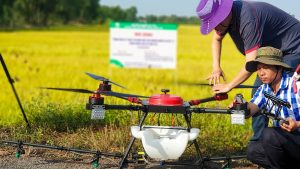
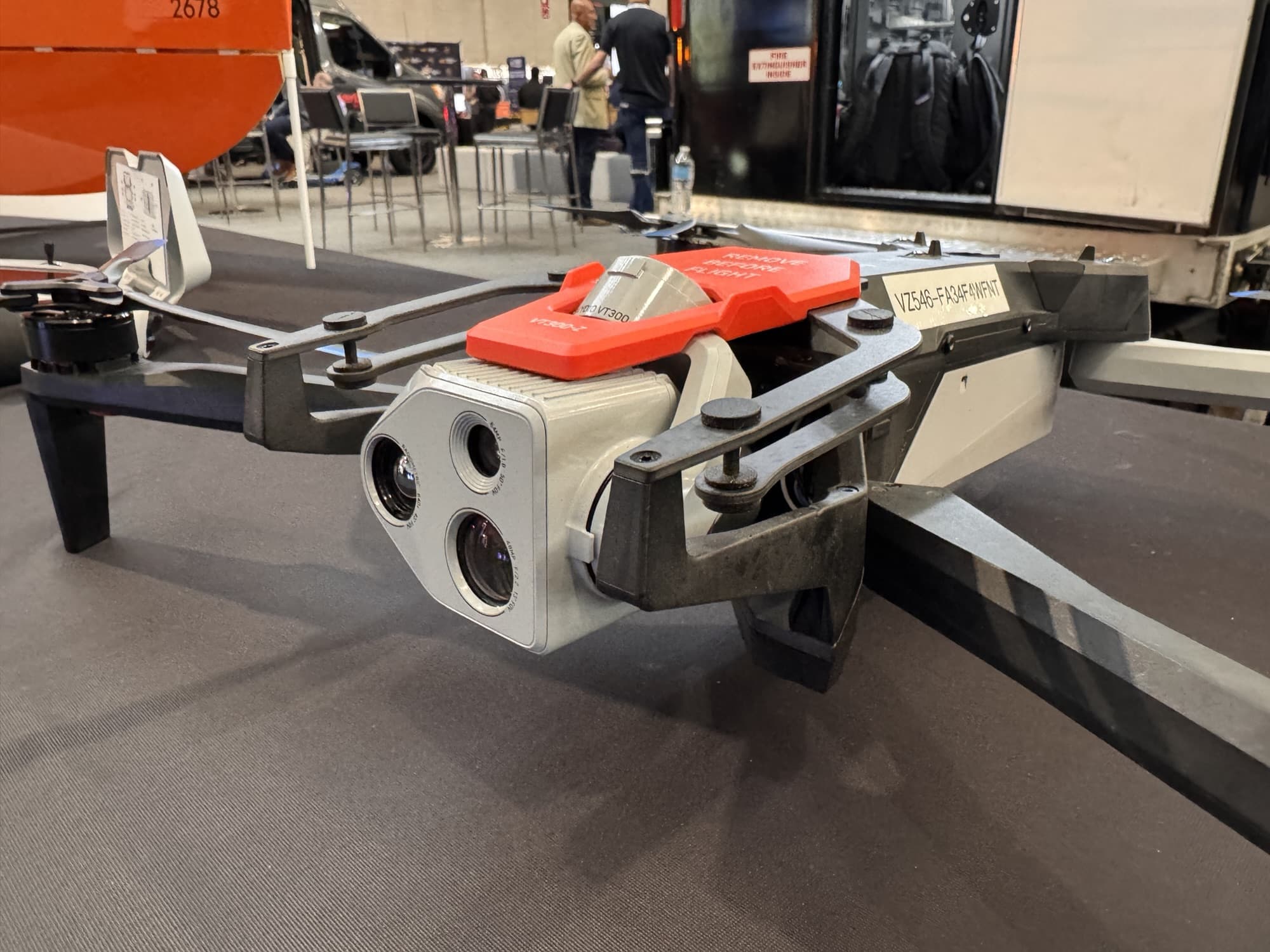


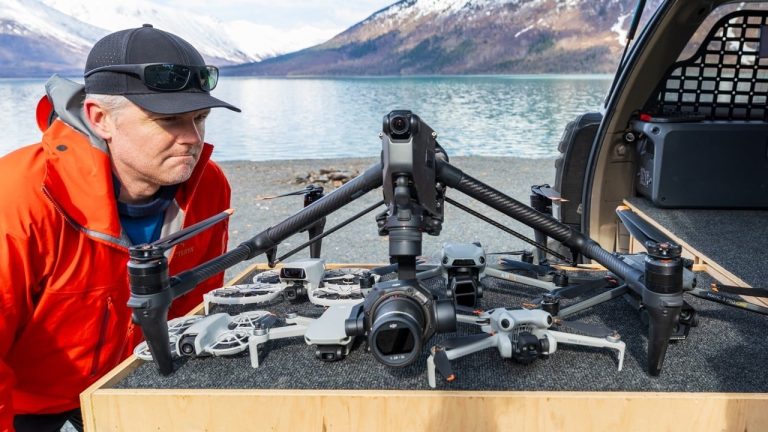

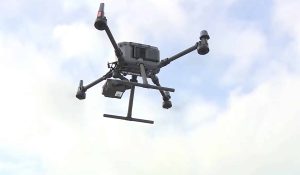
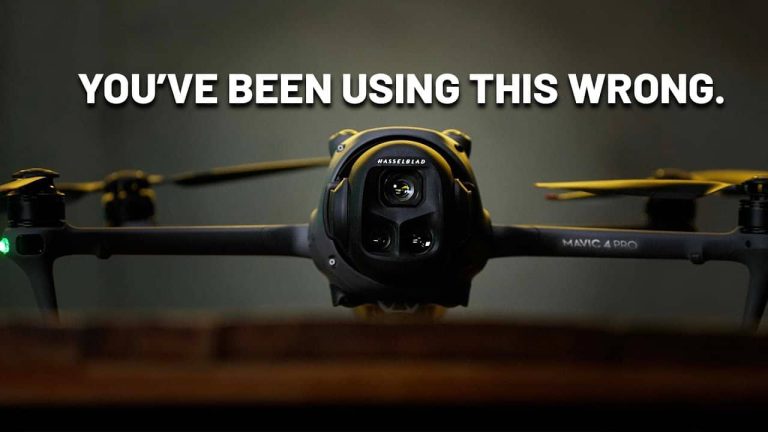


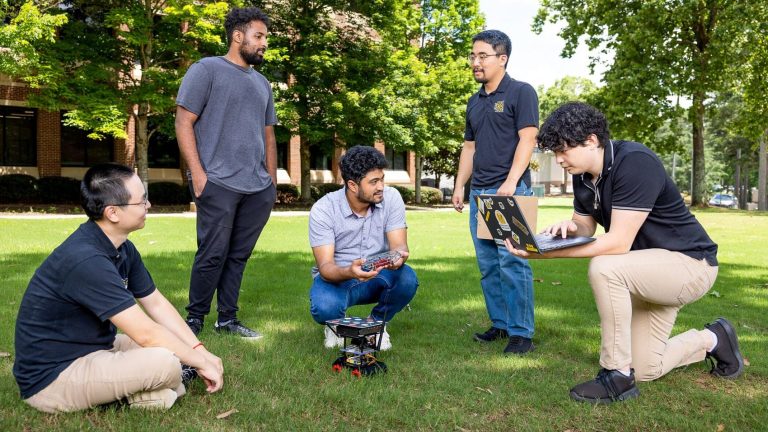

+ There are no comments
Add yours